About 4.6 billion years ago, the formation of the solar system left behind solid debris tumbling through space. These remnants, known as “asteroids,” typically orbit the Sun and are concentrated in the asteroid belt between Jupiter and Mars. However, Jupiter’s gravity occasionally pulls an asteroid from its path, sending it hurtling through the solar system—sometimes toward Earth.
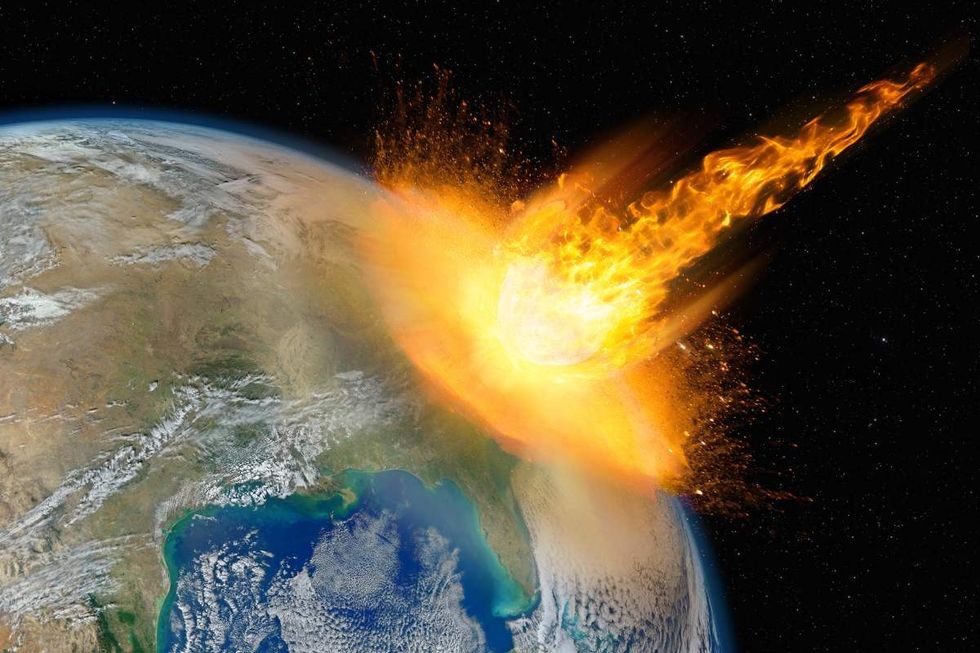
Since a mountain-sized asteroid wiped out the dinosaurs 66 million years ago, Earth has not experienced a major impact event. However, in a 2007 interview with Conan O’Brien, astrophysicist Neil deGrasse Tyson made a chilling prediction. He warned that a massive asteroid named “Apophis” could potentially collide with Earth in 2029, a prediction that continues to resurface in discussions today.
Tyson estimated that Apophis will get close to the Earth on April 13, 2029, and will dip even lower than most of the Earth’s communication satellites. It will be the “biggest closest thing known to come near the Earth,” he described. The communication satellites, Tyson explained, are geosynchronous orbits about 23,000 miles up. “This [Apophis] will come around 18,000 miles,” he said, and revealed that, “It will be visible from northern Europe.” According to Tyson, this asteroid approaching the planet will look like a “fast-moving bright object across the night sky, moving at about, probably 10 miles per second.”
First discovered in 2004, the Apophis was identified as “one of the most hazardous asteroids that could impact Earth,” according to NASA. This treacherous celestial object looks like a “two-lobed peanut.” Surprisingly, the size of this asteroid is not a major issue. According to NASA, it is only 1,100 feet (340 meters) in width.
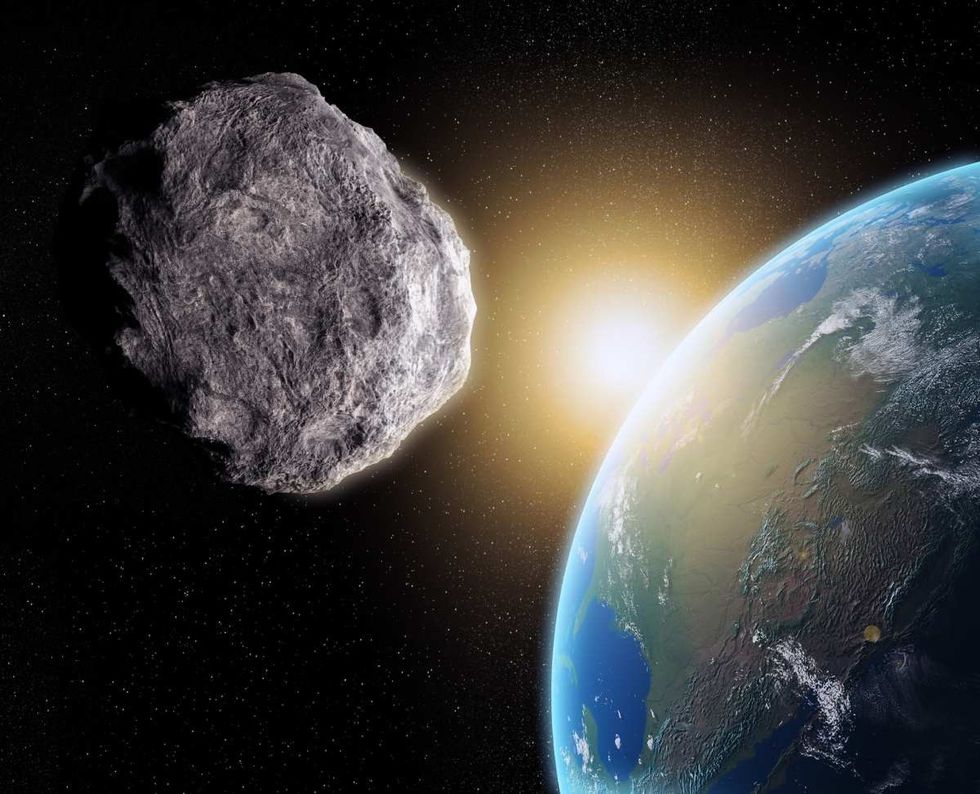
However, since the time of its discovery, it has been considered a major threat to the planet. Tyson said that the threat is depicted in its name itself. Apophis is named after the Egyptian god of death and darkness, which, he said, illustrates how dangerous it could be for humans. If it was not considered dangerous, scientists would have never named it “Apophis,” but rather a regular name like Bambi, Tiffany, or Fredy.
“Its orbit remains sufficiently uncertain,” Tyson explained and added that if Apophis enters the “Keyhole,” which is a range of about 600 to 700 miles, then Earth’s gravity will be just right, or rather just wrong. “It will alter its orbit so it will hit us seven years later.” However, the likelihood of the asteroid making its way through the Keyhole is several in a million, he said.
However, NASA reports that after a March 2021 radar-observation campaign, scientists have assured that there is no risk of Apophis impacting Earth for at least a century. At this time, when Apophis flitted past the Earth at a safe distance, scientists used high-powered radar instruments to calculate the estimate of its orbit around the Sun. They concluded that the asteroid won’t impact the Earth anytime before 2068. NASA’s “Asteroid Watch,” which tracks and detects asteroids, will also send a spacecraft to study Apophis during its 2029 temporary flyby. So the question of whether Apophis will collide with the planet or not, cannot be answered definitely until 2029.
@jdunbar0 #apophis #asteroid #solareclipse


















 Representative Image Source: Pexels | Anni Roenkae
Representative Image Source: Pexels | Anni Roenkae Representative Image Source: Pexels | Its MSVR
Representative Image Source: Pexels | Its MSVR Representative Image Source: Pexels | Lucian Photography
Representative Image Source: Pexels | Lucian Photography

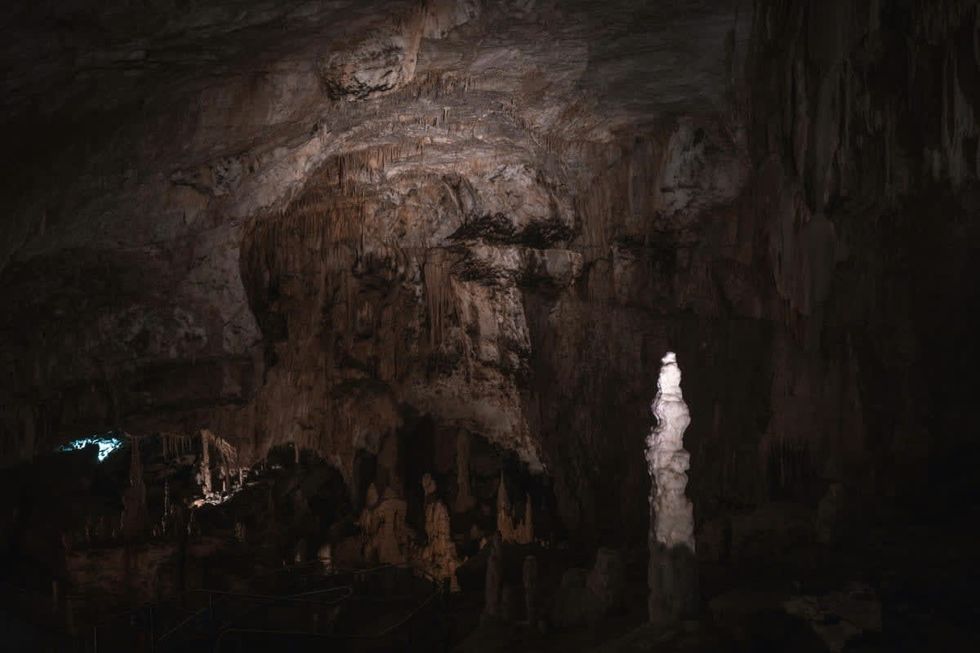 Representative Image Source: Pexels | francesco ungaro
Representative Image Source: Pexels | francesco ungaro Representative Image Source: Pexels | parfait fongang
Representative Image Source: Pexels | parfait fongang Image Source: YouTube |
Image Source: YouTube |  Image Source: YouTube |
Image Source: YouTube |  Image Source: YouTube |
Image Source: YouTube | 
 Representative Image Source: Pexels | Hugo Sykes
Representative Image Source: Pexels | Hugo Sykes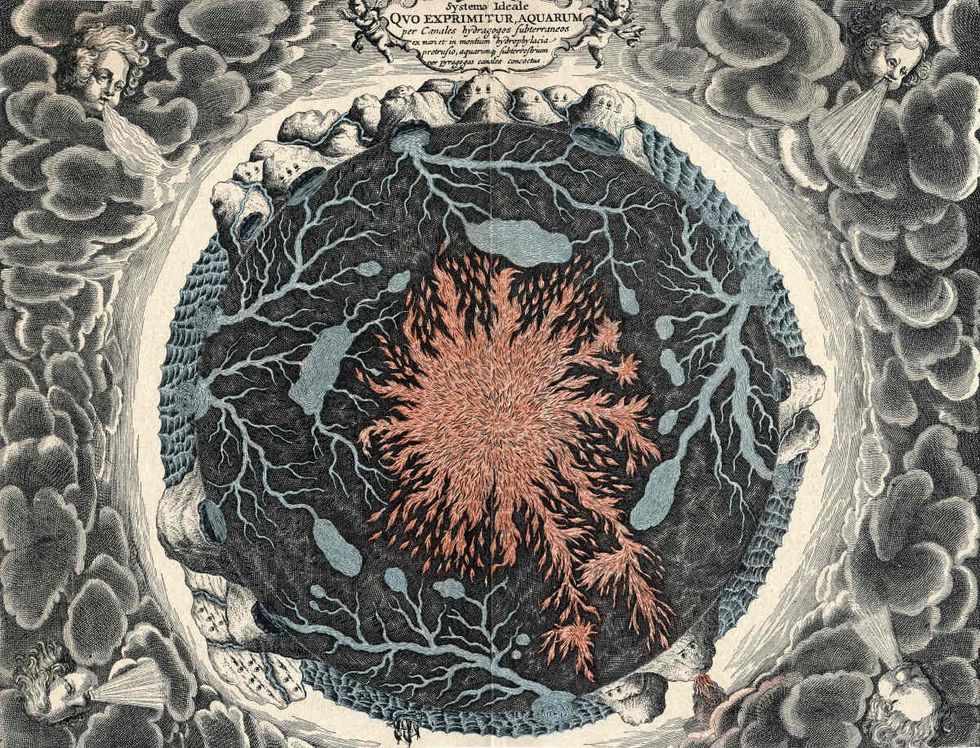 Representative Image Source: Sectional view of the Earth, showing central fire and underground canals linked to oceans, 1665. From Mundus Subterraneous by Athanasius Kircher. (Photo by Oxford Science Archive/Print Collector/Getty Images)
Representative Image Source: Sectional view of the Earth, showing central fire and underground canals linked to oceans, 1665. From Mundus Subterraneous by Athanasius Kircher. (Photo by Oxford Science Archive/Print Collector/Getty Images)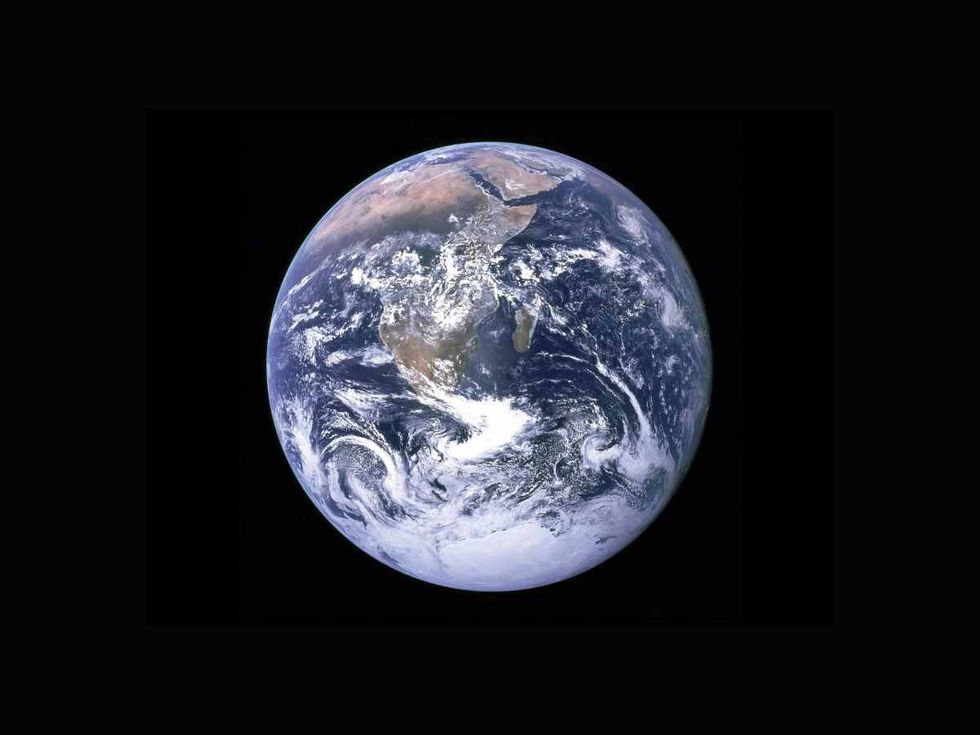 Representative Image Source: Pexels | NASA
Representative Image Source: Pexels | NASA




 Representative Image Source: Pexels | Steve Johnson
Representative Image Source: Pexels | Steve Johnson Representative Image Source: Pexels | RDNE Stock Project
Representative Image Source: Pexels | RDNE Stock Project Representative Image Source: Pexels | Mali Maeder
Representative Image Source: Pexels | Mali Maeder
 Photo: Craig Mack
Photo: Craig Mack Photo: Craig Mack
Photo: Craig Mack